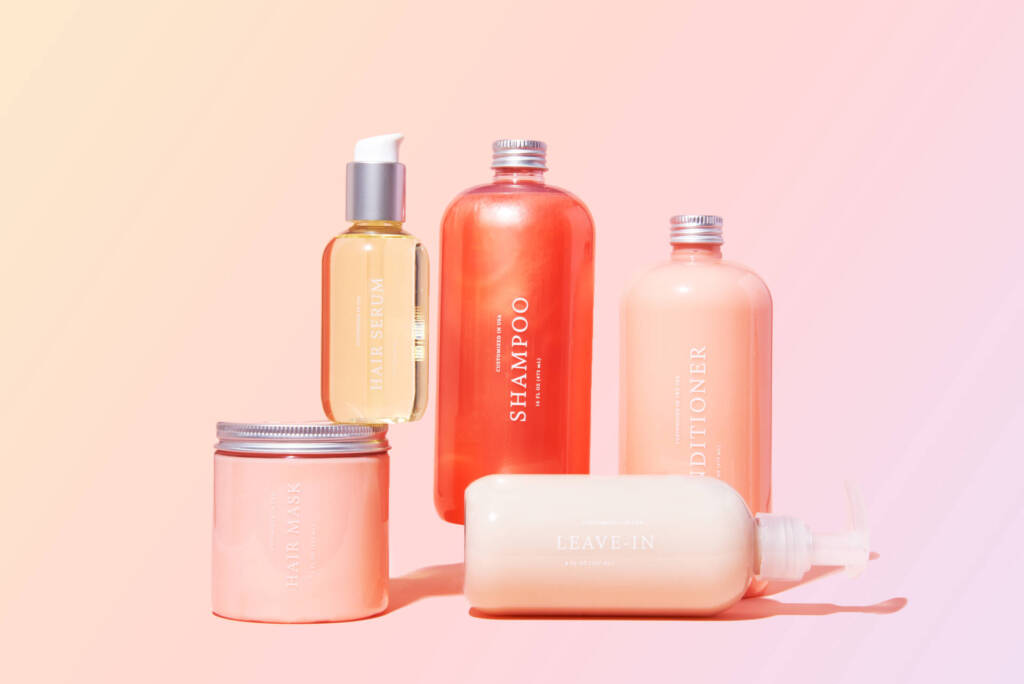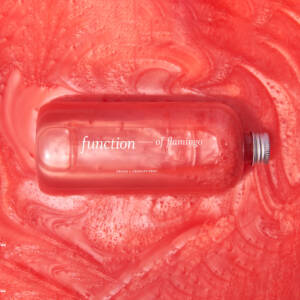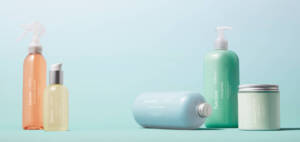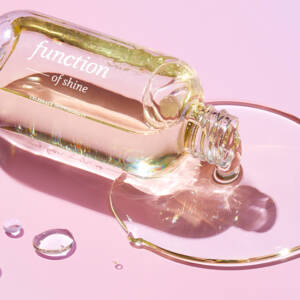Desperate for longer, stronger, healthier-looking tresses? Perhaps you should look into how well you’re treating your scalp. Though often neglected, the scalp is more than just the place where your hair follicles lie; it’s also the foundation from which your hair grows. In other words, if your scalp isn’t in good shape, your strands won’t be either, which is why taking care of it isn’t just a good idea—it’s a must. But how do you know if your scalp is healthy or if it’s in need of some extra TLC? Below, we’ve put together a few quick tips and tricks to help you determine the condition of your scalp and what to do if it’s looking a little worse for wear.

What Does an Unhealthy Scalp Look Like?
When it comes to scalp care, the first thing to consider is the actual state of your scalp. In order to achieve a healthy head of hair, it’s essential that the hair follicles are kept clean, clear, and well-maintained, meaning they aren’t weighed down with sebum (a.k.a oil) or obstructed by things like dead skin, dandruff, or inflammation. If you find that your hair is falling out, your scalp is tight and itchy, your hair texture has changed, or your flakiness is out of control, consider it a sign that your scalp is unhealthy and in need of a little extra care. Similarly, if you find that you can’t go a day without washing your limp, greasy strands, it’s likely that your scalp isn’t at its best and may even be suffering from such other concerns as flaking, a lack of growth, and severe shedding, all of which may be caused by overactive sebaceous glands.
What Causes an Unhealthy Scalp?
Unfortunately, a lot of our everyday routine contributes to an unhealthy scalp (think stress, pollution, and poor eating habits). Among one of the biggest culprits is buildup around the hair follicles, which is caused by the overuse of hair and scalp products, like dry shampoo, heavy oils, and sprays. If not properly cleaned, the buildup from these products can clog the follicles, leading to breakage, dryness, and in extreme cases, hair loss. Consequentially, how often you wash your hair may also play an important role in the overall condition of your scalp, especially where irritating ingredients like sulfates, parabens, alcohol, and mineral oils (things you’ll never find in any of our formulas) are involved.

While daily washing can strip the hair of its natural oils, causing dryness, irritation, and flaking, infrequent washing can be just as harmful as it allows products and natural oils to buildup, causing damaging inflammation and a lack of new hair growth among other issues. The key is to find the right balance and determine what works best for your hair. As a general rule of thumb, try washing your hair every other day and adjusting it if need be from there. At Function of Beauty, we also provide you with a customized how-to guide with each order to help take the guesswork out of your hair care routine— more on that below!

What To Do About It?
The key to achieving a healthy scalp starts by finding the right shampoo and conditioner for your needs. Unlike the generic drugstore brands, our sulfate- and paraben-free products are all individually formulated to work for your specific hair care needs, which means you’ll not only be able to solve for all of your hair goals, but you’ll also see better results because your products were designed for you and no one else. In addition to all of the usual hair goals including volume, anti-frizz, deep condition, and color protection, we also offer a handful of scalp-specific goals to help whip your scalp into shape. For greasy hair, we suggest the oil control hair goal, which is formulated with vitamin E and rosemary leaf extract to help revitalize your scalp and prevent excessive oil production. Alternatively, if your scalp is dry, we suggest the soothe scalp and nourish roots goals, which help stimulate the hair follicles, reduce buildup, and relieve discomfort so that your scalp can live its best life.
To help further reduce buildup, try implementing a scalp scrub or exfoliant into your hair care routine once or twice a week. Look for something consisting of finely ground textures such as sugar (not microbeads) and apply to a wet scalp as the water will act as a carrier for the product. Use small, circular motions with the tips of your fingers (never your fingernails) to gently massage the exfoliant into your scalp–just as you would with a facial exfoliant.

Finally, whatever your hair concerns may be, there’s no doubt that an improvement in your daily eating habits could significantly improve your overall hair health. A diet rich in fatty omega-3s, zinc, and iron have been proven to help improve the look and texture of your hair, while also increasing your scalp’s moisture levels. Reap the benefits by adding salmon (or fish oil supplements), nuts (Brazil nuts, walnuts, and almonds are best), vitamin-rich legumes, avocados, and leafy greens into your meals—the results will speak for themselves.
Find the perfect shampoo and conditioner formula for your scalp now by taking the hair quiz!





